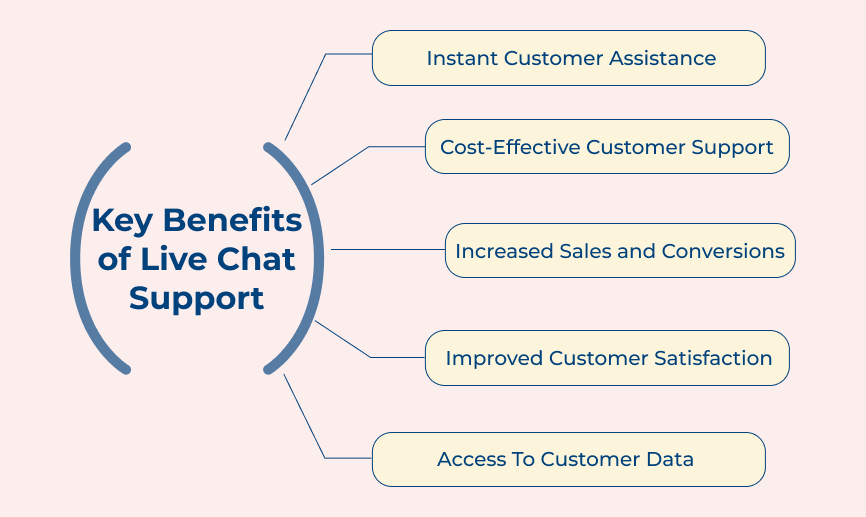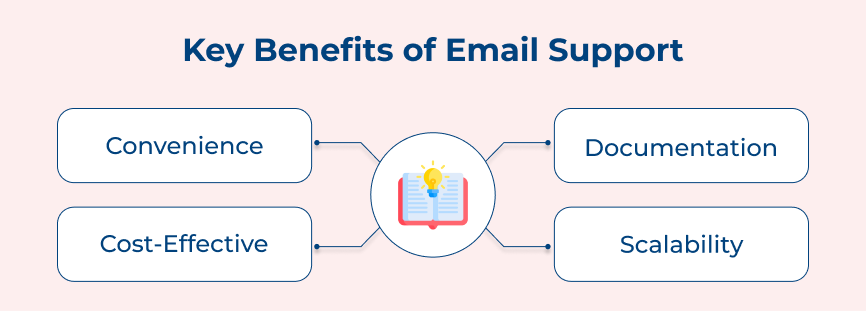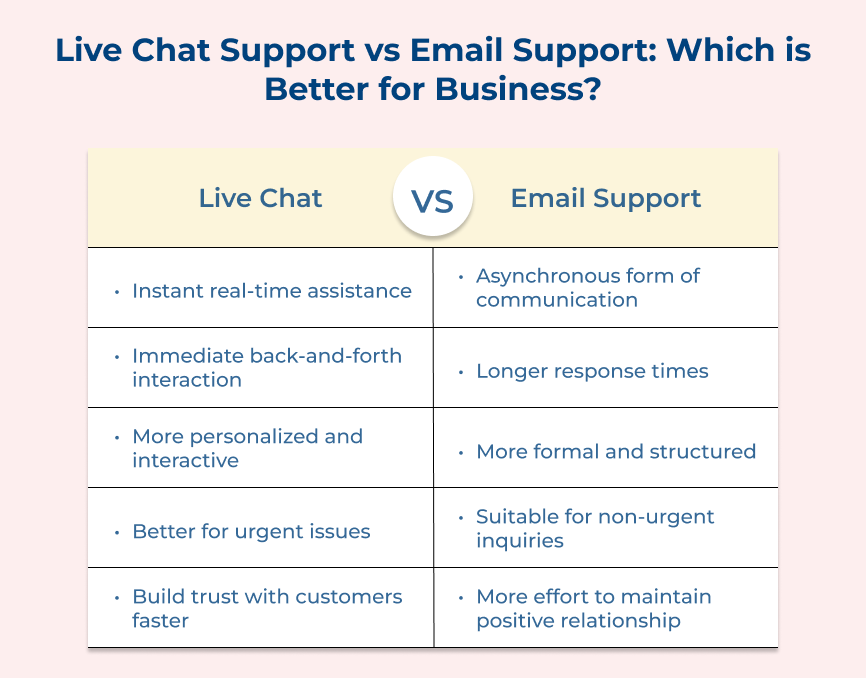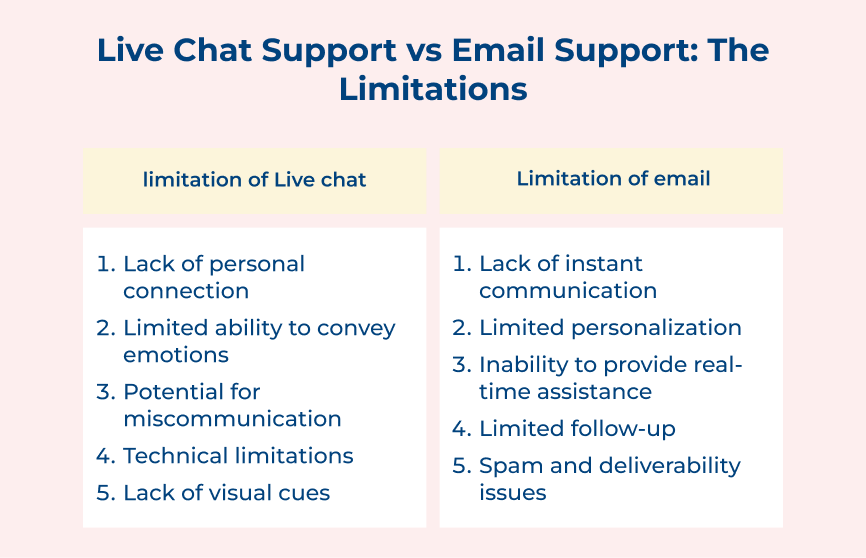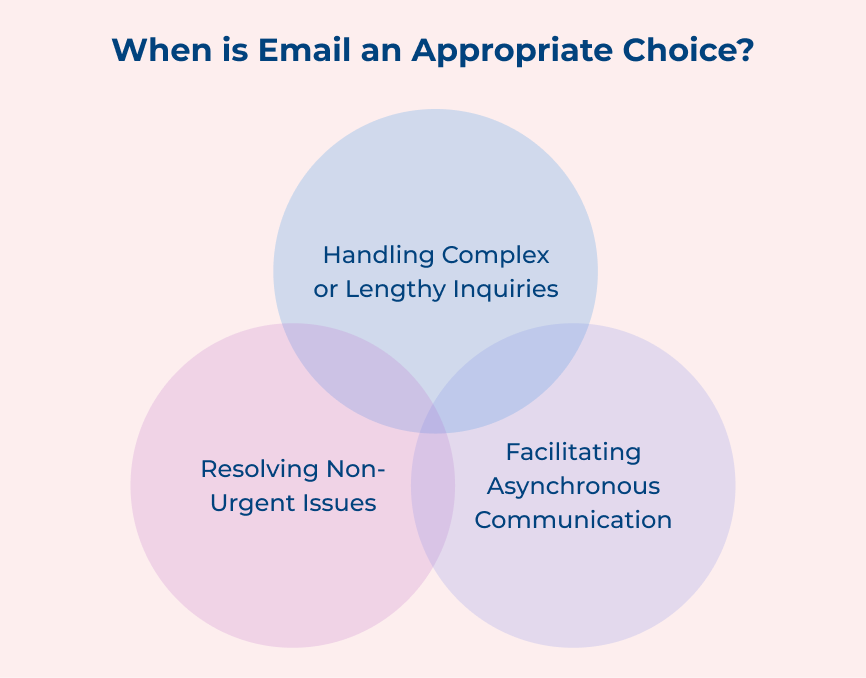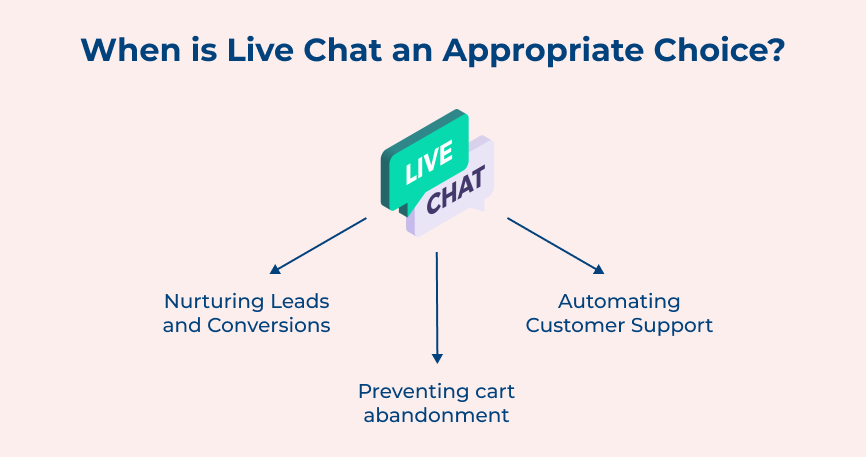1. Nurturing Leads And Conversions
Live chat can be a powerful tool for engaging with potential customers who are already considering making a purchase. Offering real-time support or answering any questions customers may have enables businesses to help nurture leads and increase the chances of converting them into paying customers.
2. Preventing cart abandonment
Many online shoppers abandon their carts before completing a purchase due to issues or questions that arise during the checkout process. Live chat allows businesses to proactively engage with customers who may be experiencing difficulties and help guide them through the process, reducing the likelihood of cart abandonment.
3. Automating customer support
While live chat is typically associated with real-time interactions, it can also be used effectively for automating certain aspects of customer support. Implementing chatbots and automated responses enables organizations to provide efficient support to customers even outside of regular business hours.
How to Implement Live Chat Support?
Let’s go through the essential steps to seamlessly integrate live chat support into your business strategy and deliver unparalleled service to your customers.
1. Plan implementation: Before implementing live chat, make sure to have a clear plan in place. Define goals for using live chat, determine the resources needed and decide on the best chat platform for the business.
2. Customize chat windows to match the brand: Create a seamless customer experience, by customizing the chat windows to match the brand. It includes using the brand colors, logo and messaging to ensure consistency across all communication channels.
3. Move slowly and test along the way: When implementing live chat, it’s important to take things slow and test along the way. Start with a small rollout to a select group of customers before expanding to a wider audience. It will allow businesses to identify any issues and make necessary adjustments before fully launching live chat on the website.
4. Track overtime: After implementing live chat, it’s important to track its performance over time. Monitor key metrics such as response times, customer satisfaction and conversion rates to measure the effectiveness of live chat. Use the data to make improvements and optimize the live chat strategy for better results.
Tips to Implement Email Support Successfully
Explore the essential tips for optimizing your email support system, ensuring happy customers and a stronger brand reputation.
1. Set up a dedicated email address: Create a separate email address specifically for customer support inquiries. It helps to streamline the process and ensures that all customer emails are directed to the right place.
2. Create an automated response: Set up an automated response that acknowledges the customer’s email, lets them know that their message has been received and provides an expected timeframe for a response. It lets customers know that their inquiry is important and helps manage their expectations.
3. Develop clear response templates: Create response templates for common customer inquiries to ensure consistency in the answers. It will help save time and ensure that all customers receive the same level of service.
4. Train the support team: Businesses must train the support team on how to effectively respond to customer emails. Make sure they are knowledgeable about the products or services, understand the company’s policies and are equipped to handle a variety of customer inquiries.
5. Monitor response times: Aim to respond to customer emails promptly, ideally within 24 hours. Monitoring response times can help identify any bottlenecks in the process and ensure that all customer inquiries are addressed on time.
6. Implement a ticketing system: Consider implementing a ticketing system to help track and manage customer inquiries. It can help to prioritize urgent issues, assign emails to specific team members and ensure that nothing falls through the cracks.
7. Gather customer feedback: Encourage customers to provide feedback on their support experience through surveys or follow-up emails. The feedback can help to identify areas for improvement and make necessary changes to enhance the email support process.
Difference between Live Chat Support and Email Support: The Decision
Live chat support is a valuable tool for providing instant solutions to customers. The ability to engage with customers in real time allows businesses to address issues quickly and efficiently, leading to increased satisfaction. At the same time email support is a traditional approach that is desired by a lot of consumers in the modern times.
Customers appreciate the convenience and personalized attention. Using the right balance of both the approaches will be a win-win for both businesses and their customers. At the end of the day, different customers will have difference preferences for different types of concerns.






